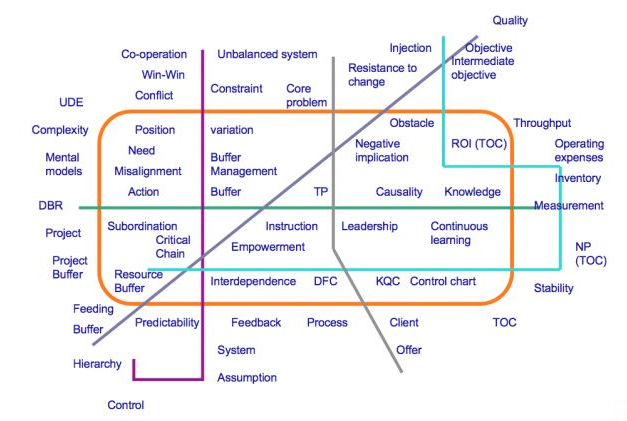“The challenge we face is nothing less than transforming our schools from assembly-line factories into centers of innovation.”
Those are the words of Michael Bloomberg, Mayor of New York City where the iZone project is transforming education. Clearly, the 19th style classroom and methods are not cutting it for the challenges of today. The iZone project (where i stands for innovation) is looking at restructuring the curriculum, integrating online learning and assessing the impact of innovation.
In what kind of ways do ‘new’ schools need to be different? Brook Jackson, Principal of NYC Lab School in Manhattan, one of the iZone schools, stresses that young people need to be ‘critical thinkers’ and able to adapt to an unpredictable future.
Creating schools for an age of complexity
It’s not just about preparing for the future. Increasing complexity means new thinking is needed at every level in society today. That includes the realm of science itself. Physicist and Intelligent Management team member, Prof. Sergio Pagano puts it this way:
The complexity of today’s world requires more intelligence and less traditional ways to approach problems. The scientific paradigm based on reproducibility of experiments requires some rethinking, on the basis of the practical impossibility, in many fields, of defining the “systems” under consideration as a separate entity from the rest of the universe (the environment).
In the case of complex systems such as living beings, or organizations, the number and quality of interconnections between the system and the surrounding environment, call for new ways of “scientifically” defining causes and effects. This is a new science of complexity which is becoming more and more necessary for us to understand, and survive, on our planet.
How can we achieve within schools ‘more intelligence and less traditional ways to approach problems’? The practical answer is in systems thinking training for educators and students. The most effective way we know to make this happen is through the Thinking Process Tools from the Theory of Constraints. These tools train users to place any problem within a much broader context, to analyze the assumptions i.e. mental models that create blockage, to systematically challenge those assumptions in order to create breakthrough solutions, and to think cause and effect so the solutions are logically robust. Their consistent use develops a higher intelligence in the users as they learn to connect elements of reality in a systemic way.
When school curricula are rethought using a systems thinking approach and students acquire knowledge in a systemic way, we help develop a new kind of citizen capable of consistently envisioning a win-win society and evolving through uncertainty. They will naturally desire to work in 21st century organizations that are different from the majority that exist today. Companies will have to keep pace to create environments suitable for systems thinkers, organized as collaborative networks rather than traditional hierarchies.
We are not talking about an educational fad, but about creating the foundation for a truly sustainable and prosperous future.
Related posts:
Innovation and Education: The School of Evolution
Reality is Not Made Up of Cycles but Complexity: Education and Innovation Pt. 2
Looking at the Core Conflict in Education and Innovation Today (Pt. 3)
P.S. For an analysis of a generation gap problem already affecting the growth of today’s organizations see the book ‘No Fear’ by Pekka A. Viljakainen







There is brand new tool for this, the iMODELER. It is free for educational purposes. It’s predecessor, the MODELER, is used by more than 400 schools and universities world wide. http://www.iMODELER.net
Let us change the world!